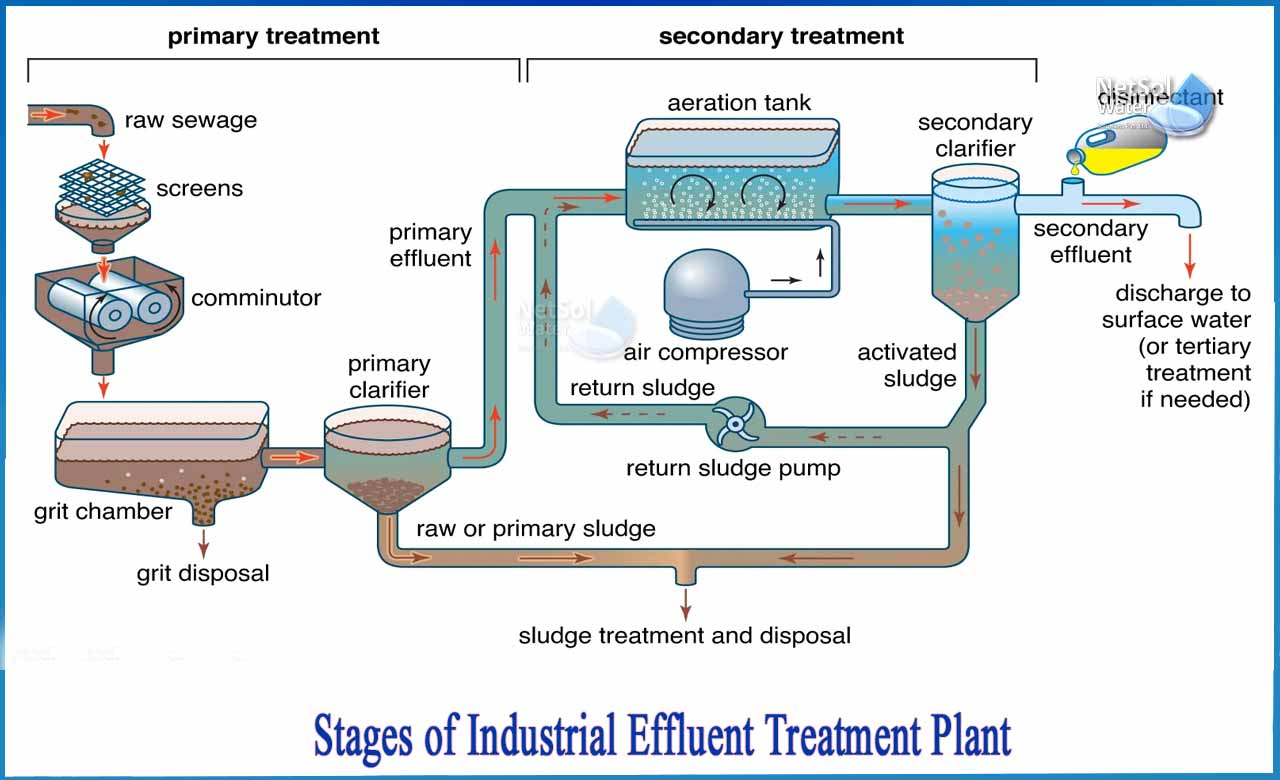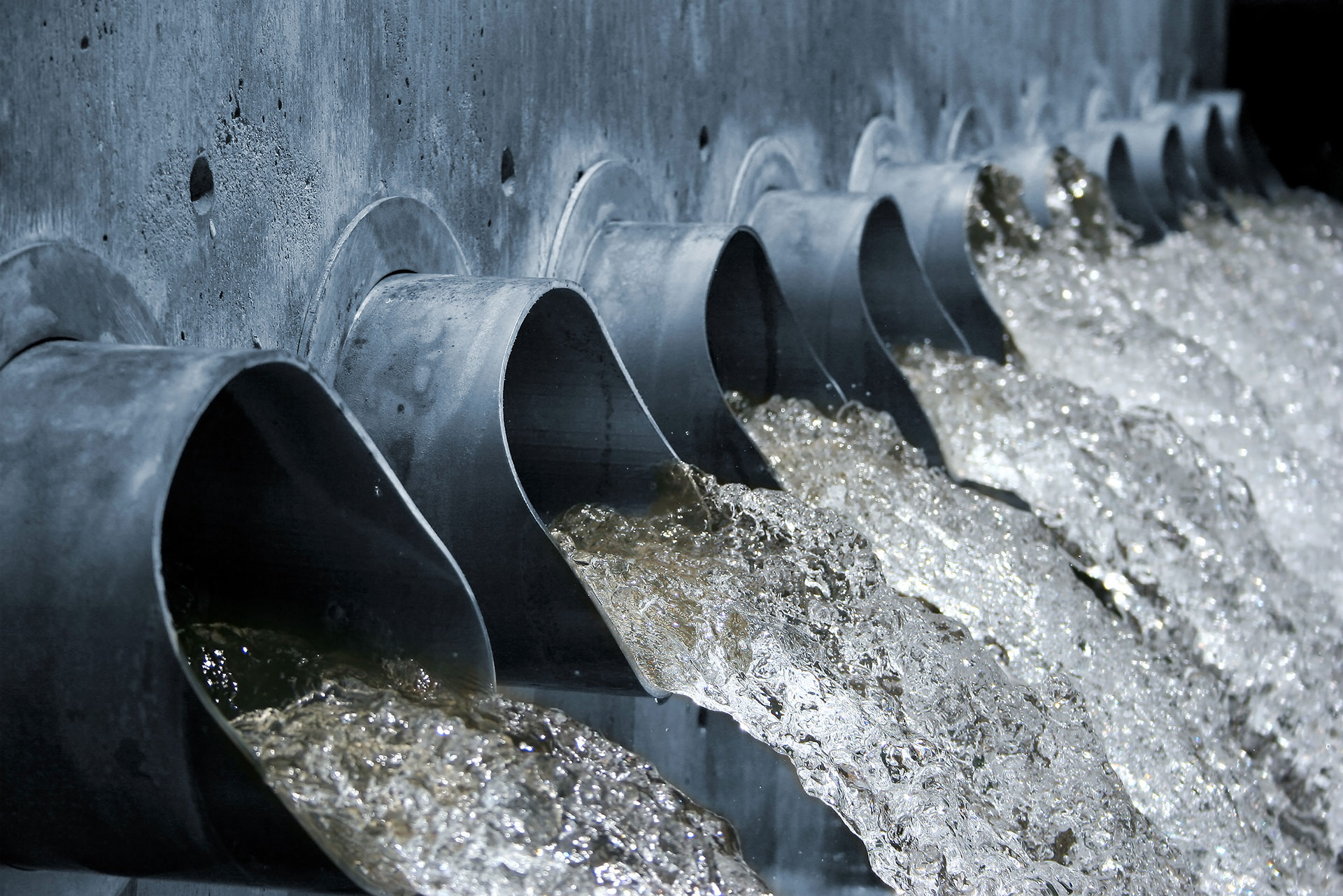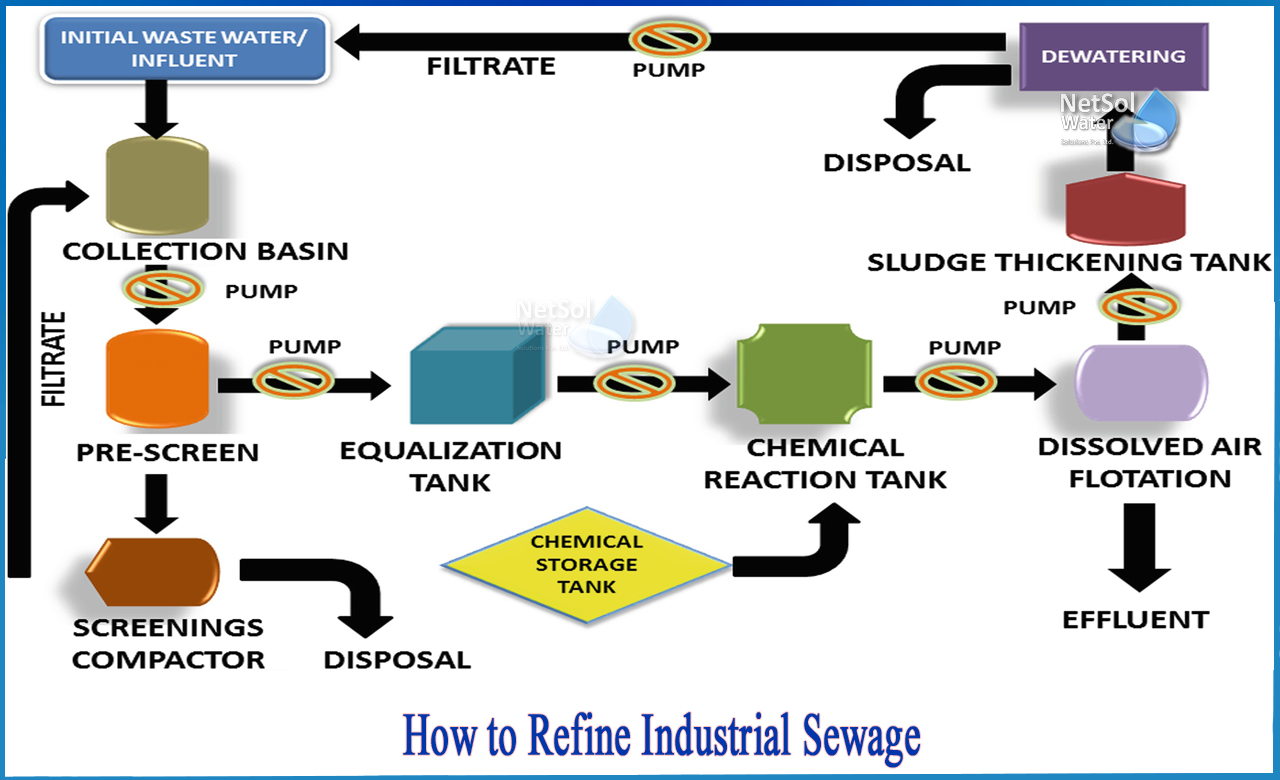Advancements and Breakthroughs in Hazardous Waste Water Therapy Technologies
The landscape of commercial wastewater treatment is going through a transformative shift, driven by developments that improve both effectiveness and sustainability. As regulatory criteria develop, the assimilation of AI and maker discovering into wastewater management systems guarantees to improve operations and make sure conformity.
Introduction of Drainage Therapy Technologies
Wastewater therapy technologies incorporate a series of methods developed to eliminate contaminants from industrial effluents before their launch into the environment. These innovations are crucial for maintaining environmental equilibrium and making sure compliance with ecological policies. The primary groups of wastewater therapy include physical, chemical, and organic techniques, each offering distinctive functions based on the nature of the impurities existing.

Organic treatment methods employ microorganisms to break down natural issue, making them specifically efficient for organic-rich effluents. Strategies like triggered sludge and biofilm reactors harness the natural destruction capacities of bacteria, bring about substantial decreases in biochemical oxygen need (FIGURE)
Advanced Filtering Strategies
Advanced filtering methods represent a vital evolution in the world of commercial wastewater treatment, enhancing the performance of impurity removal procedures. Industrial Waste Water Treatment. These approaches include a variety of innovations, consisting of microfiltration, ultrafiltration, nanofiltration, and reverse osmosis, which provide sequential barriers for numerous particle sizes and chemical structures
Microfiltration and ultrafiltration use membrane layer systems to get rid of suspended solids, germs, and bigger natural molecules, enhancing the high quality of effluent prior to further treatment. Nanofiltration links the space between ultrafiltration and reverse osmosis, efficiently getting rid of organic substances and divalent ions, therefore minimizing the load on downstream procedures.
Reverse osmosis provides the highest degree of purification by enabling just water and tiny molecules to go through its semi-permeable membranes, making it suitable for recovering top quality water from industrial effluents. Current innovations in membrane innovation, including the growth of more fouling-resistant and long lasting materials, have significantly boosted operational performance and lowered costs.
Incorporating these sophisticated filtration strategies not only improves the general therapy procedure but likewise contributes to sustainability initiatives by making it possible for water reuse and resource recovery in commercial setups. (Industrial Waste Water Treatment)
Organic Treatment Advancements

Additionally, the advancement of engineered organic systems, such as membrane bioreactors (MBRs), incorporates biological treatment with innovative membrane layer filtering. This combination permits greater effluent high quality and lowered impact, making it suitable for space-constrained commercial centers. Advancements in genetically engineered microbes have actually additionally emerged, enhancing the biodegradation of certain impurities, such as drugs and heavy metals, that are traditionally testing to get rid of.
Furthermore, the application of bioaugmentation approaches, where beneficial microorganisms are introduced to enhance the existing biological treatment processes, has revealed appealing outcomes in improving treatment efficiency. These technologies collectively represent a trend towards more lasting and efficient organic therapy approaches that can adapt to the evolving complexities of commercial wastewater streams. As industries remain to prioritize ecological compliance, these biological innovations will play a crucial function in wastewater monitoring.

Source Recovery Methods
In commercial setups, the combination of resource recuperation techniques has actually come to be significantly important for enhancing sustainability and lessening waste. These methods focus on removing important products and power from wastewater streams, consequently transforming prospective contaminants into reusable resources.
One prominent technique is nutrition recuperation, where nitrogen and phosphorus, usually present over in wastewater, are captured and transformed right into plant foods. This not just minimizes environmental influences however additionally offers a circular economic situation remedy for agricultural applications. Furthermore, innovations such as anaerobic food digestion permit the conversion of natural waste into biogas, a renewable resource source that can counter fossil gas use in commercial procedures.
Additionally, progressed filtering and membrane modern technologies facilitate the healing of commercial spin-offs such as salts and metals. These recovered materials can be rehabilitated right into manufacturing procedures, reducing the requirement for virgin resources.
Future Patterns in Waste Water Monitoring
As sectors progressively prioritize sustainability, the future of wastewater management is have a peek at this site established to go through significant improvements. Technological developments, such as expert system and device understanding, will make it possible for a lot more reliable tracking and monitoring of wastewater systems. These modern technologies can predict upkeep demands, optimize treatment processes, and improve decision-making, ultimately minimizing operational expenses and ecological impact.
In addition, the combination of round economic climate concepts will certainly play an essential function in wastewater management. Industries are anticipated to shift towards systems that not just deal with wastewater however also recuperate useful resources, such as nutrients, water, and energy. This shift will decrease waste and promote the reuse of materials, aligning with worldwide sustainability goals.
Emerging therapy methods, such as membrane layer bioreactors and progressed oxidation procedures, will certainly even more boost the effectiveness of wastewater treatment, permitting greater top quality effluents suitable for reuse. Furthermore, regulative frameworks are most likely to develop, emphasizing stricter requirements for wastewater discharge and encouraging sectors to take on ingenious therapy options.
Verdict
In conclusion, the advancement of industrial wastewater therapy technologies demonstrates a significant change in the direction of boosted performance and sustainability (Industrial Waste Water Treatment). Advancements in innovative purification methods, organic therapies, and resource Read Full Report recuperation approaches highlight the sector's commitment to ecological stewardship.
The landscape of commercial wastewater therapy is undergoing a transformative shift, driven by advancements that enhance both effectiveness and sustainability.Wastewater therapy modern technologies encompass a variety of techniques made to remove pollutants from commercial effluents before their launch into the atmosphere.Taking advantage of the power of organic procedures has led to considerable innovations in the treatment of industrial wastewater.Additionally, the application of bioaugmentation approaches, where helpful germs are presented to improve the existing biological therapy procedures, has actually shown appealing results in enhancing therapy efficiency. These developments jointly indicate a pattern in the direction of even more effective and lasting biological treatment techniques that can adjust to the advancing complexities of industrial wastewater read this post here streams.